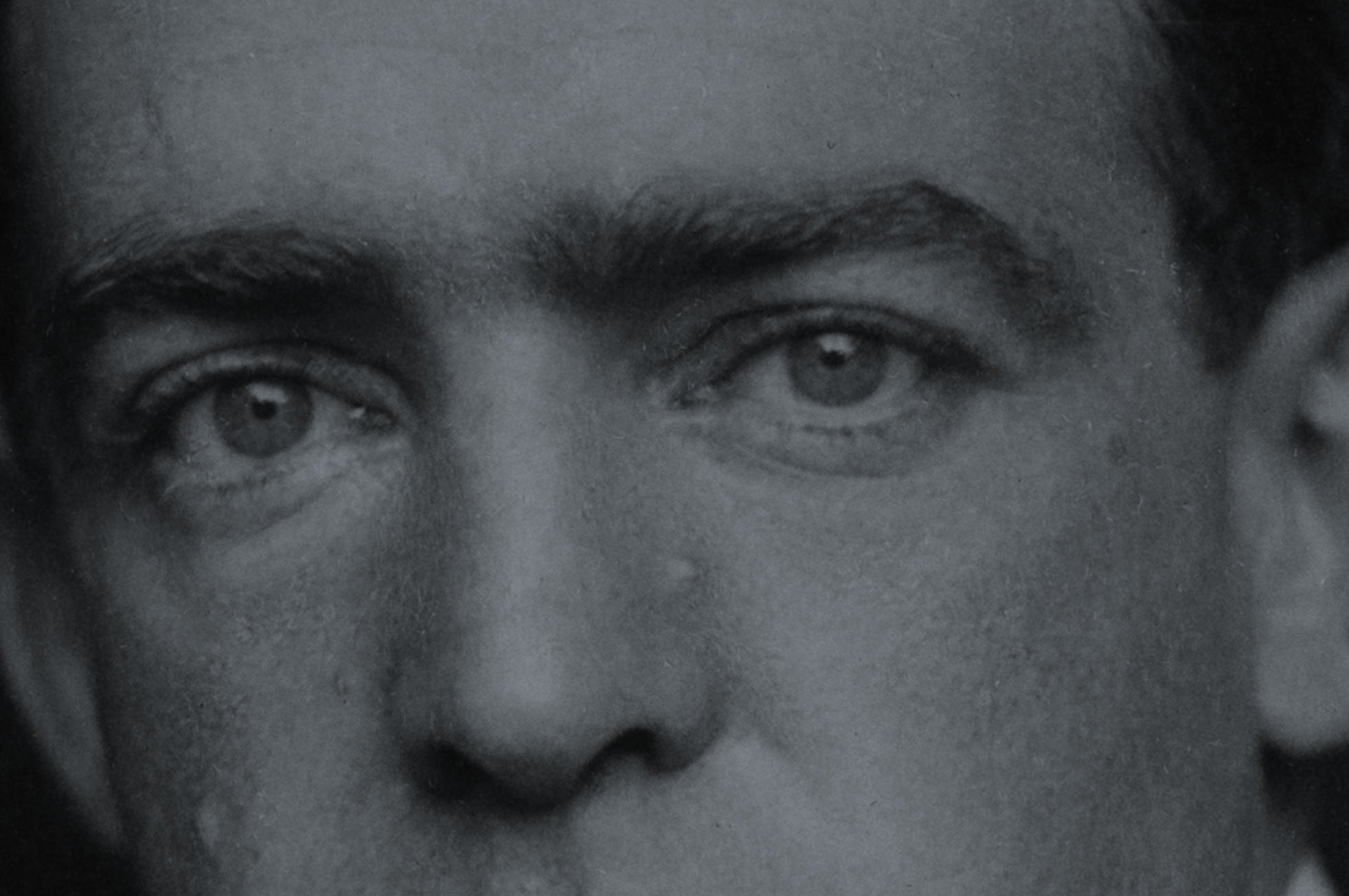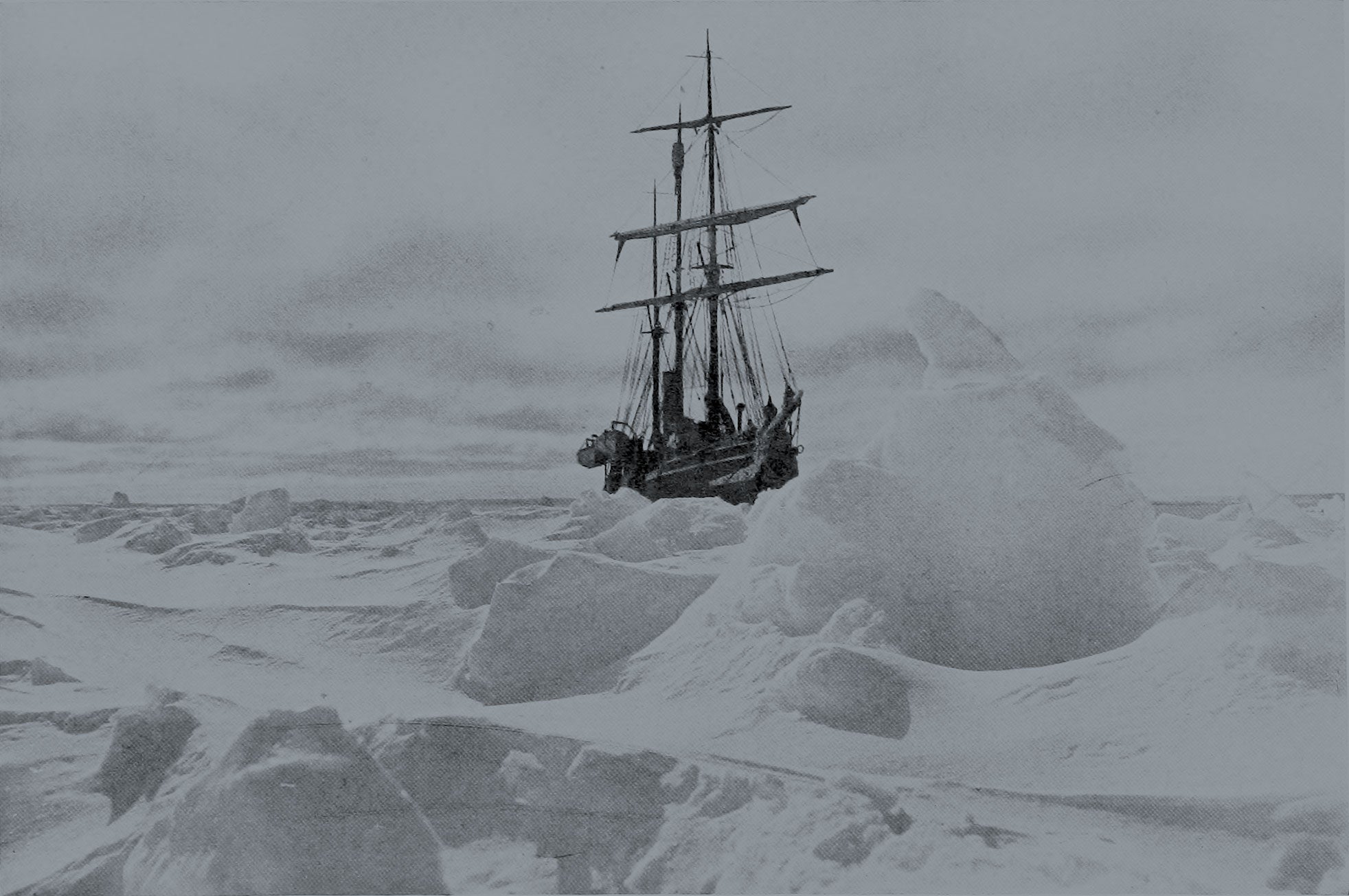
Why Ernest Shackleton Is Still Relevant Today
Professor Nancy Koehn of Harvard Business School here explains Ernest Shackleton's enduring relevance in a world convulsed by crises.
At the end of the 1990s, I discovered the explorer Ernest Shackleton and how, in the midst of a long, drawn-out crisis that lasted two years, he made himself and his team on the 'Endurance' expedition (1914-1916) capable of doing the impossible. The more I learned about this disaster story, the more compelling it became: the ship stuck in the ice off the coast of Antarctica in 1915, the crew trapped there with no communication to the outside world; the vessel sinking
down through the ice late that year, and the 28 men left on the berg with only three lifeboats, some canned goods, and their commander’s determination to bring them all home alive.
It quickly became clear that this story was a treasure trove of leadership lessons. Working with several talented research associates, I wrote a Harvard Business School case about “the Boss” (his crew’s nickname for the commander), which became the most popular case I have created. I also wrote a short e-book about the 1914-1916 expedition. I spoke far and wide to different audiences about Shackleton and the relevance of what he and his men accomplished.
By mid-2020, it seemed that everywhere I turned I encountered Shackleton. Healthcare leaders wanted to learn from his story. So, too, did U.S. mayors, public safety officials, business executives, philanthropic heads, artistic leaders, teachers, and scientists. In scores of virtual seminars, talented men and women from many countries (who had read at least a condensed version of the 'Endurance' story), talked about what they intended to take away from Shackleton’s leadership as they tried to navigate their people and organisations through a world convulsed by crises.
Here are some of the most important lessons that thousands of leaders have drawn from Shackleton and how he navigated the rolling crises of being trapped on the ice off the coast of Antarctica for almost two years.
Then in early 2020, the Covid pandemic hit, initiating an unprecedented global health crisis, followed quickly in many countries by a widespread economic crisis, a political crisis, and then a social crisis, as the issues of racial inequality, broad-based vulnerability, and related forms of injustice became more prevalent and pressing.
By mid-2020, it seemed that everywhere I turned I encountered Shackleton. Healthcare leaders wanted to learn from his story. So, too, did U.S. mayors, public safety officials, business executives, philanthropic heads, artistic leaders, teachers, and scientists. In scores of virtual seminars, talented men and women from many countries (who had read at least a condensed version of the 'Endurance' story), talked about what they intended to take away from Shackleton’s leadership as they tried to navigate their people and organisations through a world convulsed by crises.
Here are some of the most important lessons that thousands of leaders have drawn from Shackleton and how he navigated the rolling crises of being trapped on the ice off the coast of Antarctica for almost two years.
Lesson One: In times of great volatility, hire for attitude; train for skill.Shackleton understood that in the life-threatening conditions of the Antarctic, he needed people with optimism, perseverance, cohesion, adaptability, a sense of humour, and dedication to mission. Shackleton had hundreds—perhaps thousands—of applicants to choose from, and he accepted and rejected men based largely on these attributes, always looking to create an ensemble of crew members: an integrated cast of personalities, traits, and strengths that would work well together under conditions of great uncertainty and high stakes. Leaders today can learn from the importance Shackleton placed on assembling his team and how he did this. In ongoing crises, resumes tell us less about the right fit between a person and a position than attitude and character. Hiring your team is more than filling individual positions; you are trying to build a whole that is greater than the sum of its parts.
Lesson Two: Show up in service to your mission.Shackleton knew that in a crisis the people he was responsible for took all kinds of cues from his presence, including his voice, energy, and whether he appeared confident, focused, and positive. So, he was careful each day to use his body language and bearing as productive signals to his men. Each morning, for example, he walked out of his tent with his shoulders back and his head up. Even on days when he expressed inner fears and frustrations in his diary, he displayed outer determination, strength, and caring to his team. (Here is a powerful instance of this: on the day after the Endurance finally sank through the ice and disappeared in November 1915, he served his men hot tea, gathered them around, and said confidently, “Ship and stores have gone, so now we’ll go home.”)
Individuals in positions of authority today can take this page from Shackleton’s book; whether they are at work or home with their family, they must be conscious of and disciplined about how they show up to all those who look up to them. This will ground and fortify their people and help them do their best in intense volatility.
It’s important to note that showing up with focused energy and confidence does not mean leaders are not allowed to expose their vulnerabilities. Leaders are human beings with their own anxieties and doubts. Being aware of and then releasing such emotions are vital. Courageous leaders understand this; they access their emotional awareness and discipline to recognise their feelings
and then express them in carefully chosen circumstances that won’t frighten or discourage their followers and thus jeopardise the mission. For example, Shackleton used his diary to express many of his negative emotions. He also confided in Frank Wild, his trusted second-in-command.
Lesson Three: Focus on team morale and energy; foster cohesion and a sense of purpose.In a crisis, as Shackleton understood, fear and uncertainty can easily destroy group unity and deplete the team’s energy. So, he kept a close eye and ear on both, devising a host of actions to keep his men’s spirits and camaraderie as strong as possible. Once the ship was trapped in ice in early 1915, for instance, he required all crew members to meet after dinner each night for conversation, games, and the occasional contest. This was designed to keep the men engaged in ongoing interaction, which he regarded as a key safeguard against worry, despair, and moral collapse.
Shackleton recognised that this kind of diversion was essential to his—and his team’s—morale. So, he often pulled out the pages from the encyclopedia he had salvaged before the ship sank to initiate conversation among the men. Or he asked one of the crew to play his banjo, which the commander had insisted be saved from the vessel before it was abandoned, calling the instrument “mental medicine.” He also created weekly duty rosters to maintain routine and activity. When assigning chores, he eliminated rank and other distinctions: scientists and officers washed floors alongside sailors. Some men grumbled about this, but even they admitted that sharing the workload minimised jealousies among the group.
Today’s leaders can take this lesson from Shackleton and apply it to their teams and families. Strong morale and group unity beget other important benefits: less fear, better focus, more creativity, and dedication, all of which are more likely to result in positive outcomes navigating the crisis.
Lesson Four: Keep your friends close and your enemies closer.Shackleton realised that in high-stakes situations, naysayers and other team members who sow doubt and negativity among their colleagues have the potential to sabotage the mission. When the men’s very survival was at stake, he could not afford these possibilities. So, he consistently kept close tabs on the “doubting Thomases,” trying to co-opt them when he could and, when he could not, minimise their influence. He did this soliciting their input, by assigning them to his tent, where he could keep a close eye on them and they could feel important by sharing quarters with the commander (the men slept in tents on the ice after the ship was badly damaged by the ice and then sank). In April 1916, when he sailed one of the lifeboats 800 miles for help, he took three of the naysayers with him on the (harrowing) journey, so they could not spread doubt and dissension among the 22 men left behind.
Most present-day leaders have a few people who exercise negative influence. In intense turbulence, it is essential to mitigate the destruction these individuals can create: first, by trying to bring them inside the tent, so to speak, and if that fails, by removing them, if possible.
Lesson Five: Feed and water yourself every day.Leading a group through a crisis is gruelling work—physically, emotionally, and mentally. It is essential that leaders take good care of themselves; after all, if they fail, their respective missions and organisations become much more vulnerable.
Shackleton knew this, and he made time each day to meet with himself, sometimes pacing the ice at night to sort his thoughts and feelings out, on other occasions, writing in his diary as a way of clearly his head and grounding his emotions. He also made sure that he and the men had the best possible nourishment; when spirits flagged—his own or those of a team member, he would order hot milk served to everyone.
Today’s leaders would do well to use this tool from the Antarctic explorer and make time and space every day to take care of themselves. Sleep as much and as well as possible. Eat as well as you can. Take at least two real breaks from your gadgets during the day. Be sure to get up and move at least every 90 minutes and try to walk outdoors once a day. Build in regular recovery time in which you do something joyful: play the piano, take a bike ride with your daughter, sing at the top of your lungs in the shower. Try to practice gratitude by thinking of three things each day for which you are thankful. If you do this a few times, you will discover that gratitude is a feeling that grounds you as it connects you to others, and this is empowering.
When, at last, Shackleton brought the crew of the Endurance safely back to Britain in 1916, he had no idea that his legacy would be so important or enduring. But it became both. This determined, courageous, and creative leader did more than save his men against extraordinary odds; in doing so, he helped create a toolkit of behaviours, actions, and insights that can serve each of us in a world of ongoing crises.
If you want to learn more about managing and leading from Ernest Shackleton, here is a short interactive video:
https://lessons.online.hbs.

